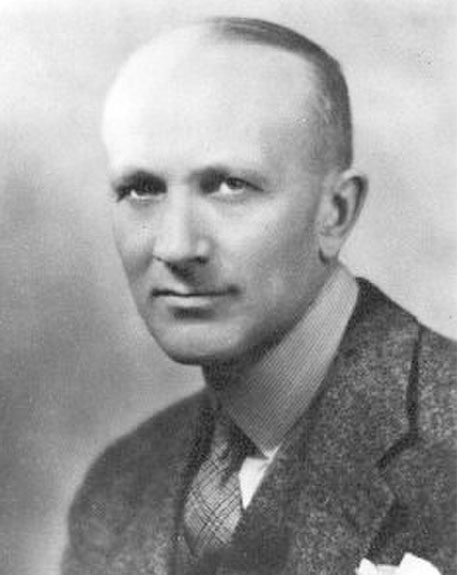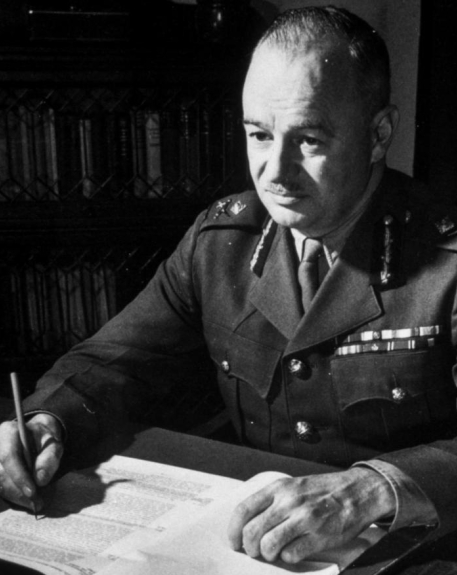2003 INDUCTEE William Feindel, MDCM PhD Brain & Mind
July 12, 1918
(Bridgewater, Nova Scotia)
January 12, 2014
MDCM, McGill University (1945)
PhD, Oxford University (1949)
2005: Lifetime Achievement Award, Montreal Neurological Institute
2004: Fellow of L’Academie des Grand Montrealais
See All AwardsAwards & Honours:
2005: Lifetime Achievement Award, Montreal Neurological Institute
2004: Fellow of L’Academie des Grand Montrealais
2002: Grand Officer of the National Order of Quebec
1986: Honorary LLD, University of Saskatchewan
1984: Honorary DSc, McGill University
1983: Officer of the Order of Canada
1983: Honorary LLD, Mount Allison University
1973: Fellow of the Royal Society of Canada
1964: Honorary DSc, Acadia University
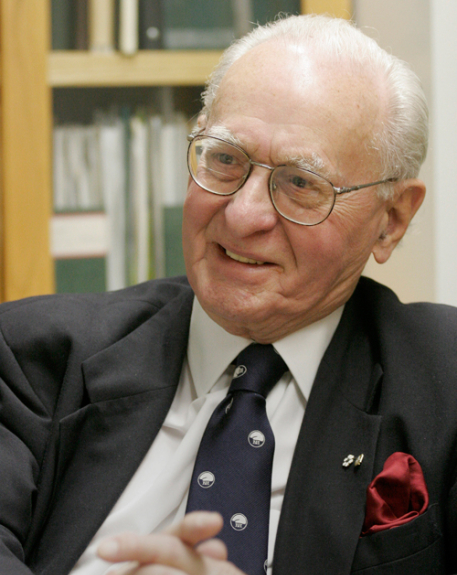
Introduced revolutionary brain scanning tools
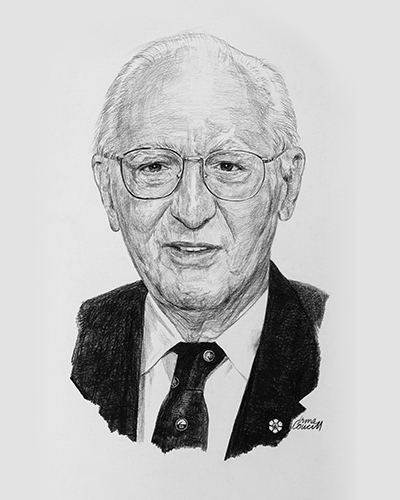
A pioneering neurosurgeon and technological visionary
Dr. William Feindel had a brilliant career in neurosurgery at the Montreal Neurological Institute, University Hospital in Saskatoon and at McGill University. His research focused on the application of the successive new scanning methods that were becoming available for imaging the human brain: Computer Aided Tomography (CAT); Positron Emission Tomography (PET); Magnetic Resonance Imaging (MRI).
Through his work with Dr. Wilder Penfield in the 1950s, Dr. Feindel discovered the role of the amygdala in patients with temporal lobe seizures. This discovery led to the development of a treatment known as the “Montreal Procedure.”
Key Facts
Participated in the development of the first automatic isotope brain scanner
Published over 500 clinical and research papers of neurology, neurosurgery, medical history and biography
Served as President of the American Academy of Neurological Surgeons and as a consultant to the World Health Organization (WHO)
Elected Honorary Osler Librarian by the Osler Library of the History of Medicine at McGill
Was an avid pianist and violinist who performed alongside his colleagues at the MNI’s annual variety show
Professional timeline
Impact on lives today
Until the end of his life, William Feindel displayed an infectious enthusiasm for the study of neurology. This spirit inspired his colleagues and students during his life and will continue to do so in memory. Beyond those who knew Dr. Feindel personally, his influence extends to neurological researchers, clinicians and patients around the world who continue to embrace his medical innovations in brain imagining and surgical treatment of epilepsy. Today, the Montreal Neurological Institute remains one of the world’s leading brain imaging facilities and the Montreal Procedure is used in the treatment of thousands of epilepsy patients across the world.
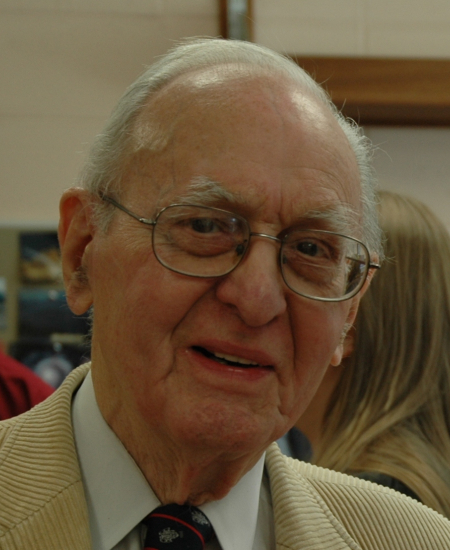
2003
-
William Feindel inducted into the Canadian Medical Hall of Fame
London, Ontario
-
Feindel became the first Director of the Brain Imaging Centre
Leadership in Organizational Development, Brain & MindHe served in this role for four years during which time he raised the profile of Canadian brain imagining research.
-
The Montreal Neurological Institute installed Canada’s first CT scanner
Brain & MindFeindel also secured funding and space for Canada’s first CAT and MRI units.
-
Feindel became the Director of the Montreal Neurological Institute
Leadership in Organizational Development, Brain & MindHe remained in this post until 1984. Under his leadership, the MNI doubled in size with the construction of the Penfield Pavilion in 1978 and the Webster Pavilion in 1984.
-
William Feindel wrote extensively on topics of medical history
Health & Humanities, Brain & MindIn particular, he studied the work of Thomas Willis, the seventeenth-century British neurological pioneer who coined the term ‘neurology.' In 1964, Feindel published a facsimile in English of Willis’ 1664 treatise “Anatomy of the Brain and Nerves.”
-
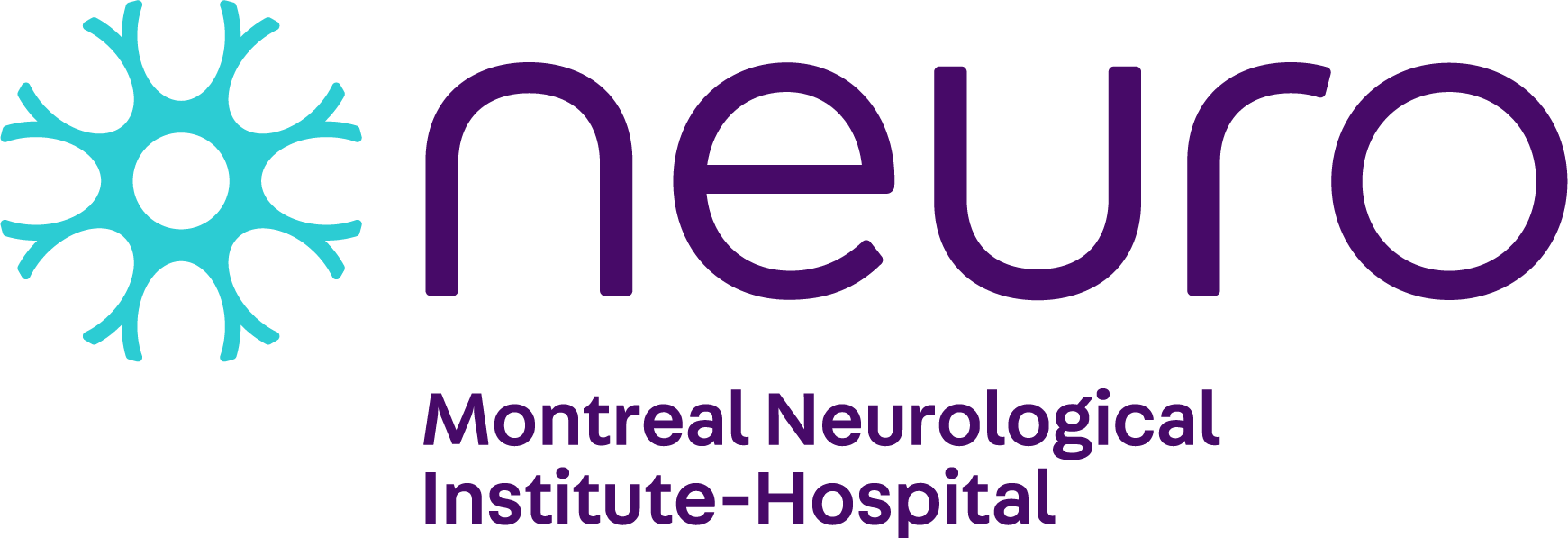
After four years away, Feindel again returned to Montreal
Health and Medical Education & Training, Brain & MindIn 1959, he was appointed the first William Cone Professor of Neurosurgery. Three years later, he became neurosurgeon-in-chief at the Montreal Neurological Institute.
-

Dr. Feindel became the first Professor of Neurosurgery at the University of Saskatoon
Brain & Mind, Health and Medical Education & TrainingUpon his return from England, Feindel joined McGill at the Montreal Neurological Institute. Soon, however, Feindel was called to Saskatoon to help the University of Saskatchewan build its own neurological unit.
-
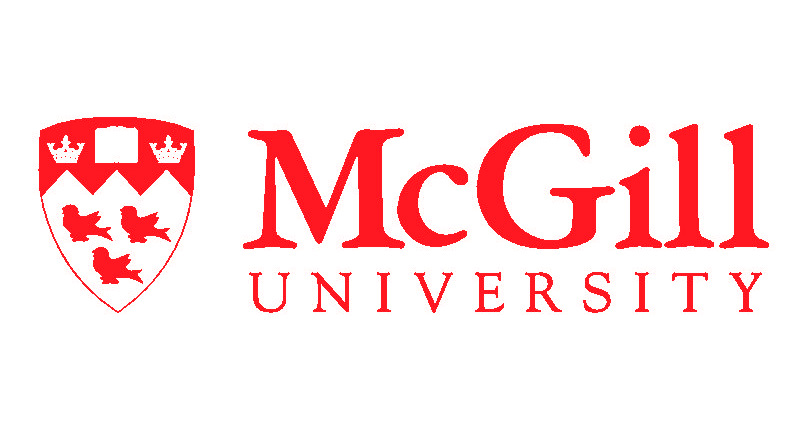
Following his war work, Feindel returned to McGill University
Brain & MindHe completed medical school in 1945 and then returned to Oxford, where he once held a Rhodes scholarship, to complete a PhD in brain anatomy. He also pursued further training in neurosurgery and neurology at both Oxford and the National Hospital for Neurological Diseases in London.
-
After receiving his master’s degree in physiology at McGill University, William Feindel made a contribution to Canada’s war effort
Brain & MindHe worked as a researcher for the Naval Committee of the National Research Council of Canada, along with Dr. Wilder Penfield, where they developed advanced treatment for war injuries on the brain and nerves.
1942
He makes you want to dream.

